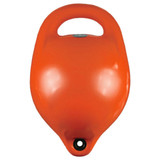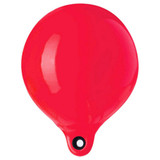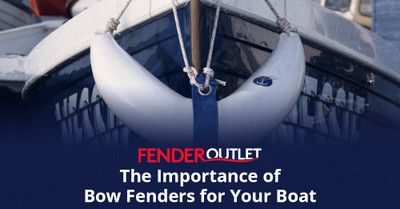
Buoys & Markers
Marker buoys, pole buoys, and rod buoys are all types of navigational aids used in marine environments to indicate safe passage, hazards, or designated areas. While they serve similar functions, their designs and applications differ.
A marker buoy is a floating device used to indicate specific locations in the water. These can be used for navigation, racing, research, or even fishing. They are typically round or cylindrical, highly visible, and may be equipped with lights, radar reflectors, or GPS systems. Marker buoys are often anchored to a fixed position using chains and weights.
A pole buoy consists of a vertical pole or post mounted on a floating base. These are commonly used in shallow waters or areas where more visibility is required above the waterline. Because of their height, pole buoys are effective in environments with waves, ensuring they remain visible even in rough conditions. They may have flags, lights, or reflectors attached to enhance their visibility.
A rod buoy is similar to a pole buoy but generally consists of a thinner, more flexible rod rather than a rigid post. These are often used in fishing and research applications, marking nets or measuring water currents. They may be designed to bend with the waves or wind, ensuring they stay upright without breaking.
All three types of buoys serve as essential tools in marine navigation and safety, helping to guide vessels, mark hazards, and designate specific areas for different activities.































































